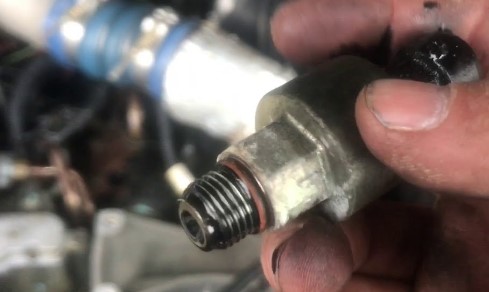The Ford 7.3L Powerstroke is equipped with a system of Diagnostic Trouble Codes (DTCs) that notify the user when something isn’t right in the engine’s performance. One such code is P1280, and if encountered, it can be difficult to know what steps to take next. Fortunately, this article provides an overview of everything users need to know about this code: from symptoms and causes to solutions and repair options. It is a comprehensive resource for anyone encountering this trouble code on their Ford 7.3L Powerstroke vehicle.
See also: P1326 Hyundai Sonata
📟What Is P1280 Code 7.3 Powerstroke?
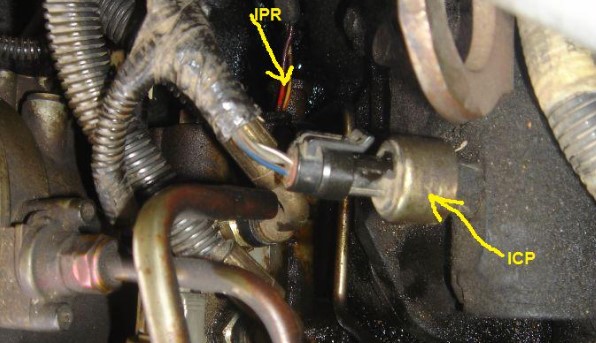
P1280 is one of the diagnostic trouble codes (DTCs) associated with the Ford 7.3L engine. The code appears when the Powertrain Control Module (PCM) detects an issue with the Injection Control Pressure (ICP) sensor. Generally speaking, this code means an Out Of Range-Low pressure reading from this component. Additionally, it is common to find that the ICP sensor has become flooded by oil in such cases. Despite replacing both parts -the ICP and the Injection Pressure Regulator (IPR)- some may still face errors related to the P1280 code; thus, expert help might be necessary for a proper resolution without further delay. If you are experiencing any symptoms that could lead to this error code, it would be wise to seek assistance immediately.
⚠Symptoms Of Getting The P1280 Code On A 7.3
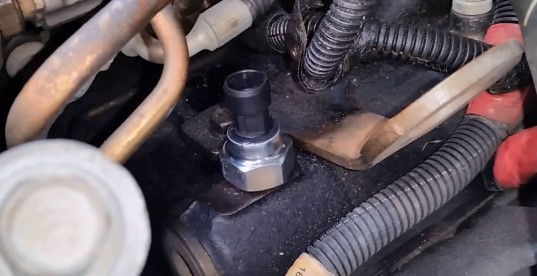
The DTC P1280 is a standard Ford 7.3 Diagnostic Trouble Code (DTC). If it arises, the car will usually display certain symptoms, such as the Check Engine Light (CEL) being turned on, surge during start-up, sluggish driving experience, or other ICP-related issues. Therefore if any of these signs are present in a Ford 7.3 vehicle, then it is likely that the error code P1280 has been triggered and must be addressed to ensure the correct operation of the car.
Read also: P20ba Code 6.7 Powerstroke
💡The Causing Factors Of The Error Code P1280
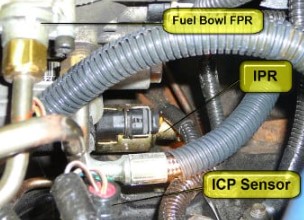
This error code P1280 is a standard code for most 7.3L Powerstroke engines. While the exact cause of this code may vary, some more likely reasons are a faulty injection control pressure (ICP) sensor, poor electrical connection of the ICP sensor circuit, or even a faulty powertrain control module in rare cases. If none of these reasons seem to fit your issue with this error code, it could be due to other problems, which is not uncommon with P1280 errors.
😑How Serious Is Code P1280 On 7.3L Powerstroke?
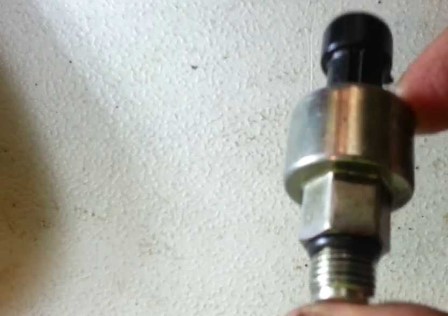
The DTC P1280 can cause extensive damage to an engine if not addressed promptly. The range of possible problems ranges from engine surging to complete failure, making it essential that the 7.3L engine is given proper attention when this code is encountered. While there may be no symptoms other than the check engine light, resolving the issue quickly is essential to ensure future warnings are documented and acted upon appropriately.
🚀Recommended article: P1316 Code 7.3 Powerstroke
🗝️How To Solve P1280 Error Code On 7.3L Powerstroke?

Solving the P1280 error code is simple, provided one has the necessary tools. The required equipment for this task includes a 16mm wrench and screwdriver kit. If all of these items are available, it is possible to begin troubleshooting methods for resolving the DTC P1280 issue.
✅Check Injection Control Pressure Sensor

To inspect any part of the engine, one must first access the ICP sensor. The ICP sensor can be found on the driver’s side, just behind the alternator. To gain access to the ICP sensor, it is necessary to remove the serpentine belt from atop it and unscrew only three bolts from its place around the alternator.
Once accessed, then an unplugging test can determine if cleaning or replacement is needed for further inspection. If a difference in engine sound is detected by disconnecting and plugging back in again during a running engine cycle, then all that would be necessary would be some cleaning up; however, if no difference is noticed after attempting this procedure, then a replacement for this particular part will have to take place before continuing with any other form of vehicle inspection.
🔄Replace The Injection Control Pressure Sensor

If a vehicle engine is not responding even after unplugging the ICP sensor, it may be necessary to replace the sensor. To do this, one must first remove the alternator and then thoroughly clean around the area of the sensor. The sensor cable should also be unplugged using a 16mm Wrench before attempting to pull it off and replace it with a new ICP Sensor. If done correctly, this should fix any error code P1289 issues most of the time. However, if further problems persist after following these step-by-step guides, it would be best to seek professional help.
🚀Recommended article: P1211 Code 7.3 Powerstroke
💲How Much Does It Cost To Solve The Error Code P1280
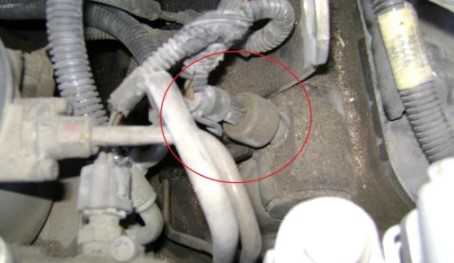
The cost of fixing an error code depends on a variety of factors. For example, if the cause of the issue is determined to be the ICP sensor, replacing it will typically cost between $100 and $300. However, it’s important to note that cheaper parts may not always offer long-term solutions; investing in higher-quality components can often result in more savings over time.
If replacing the ICP does not fix the problem, additional charges may apply for further diagnosis and repair work. Generally speaking, auto shops charge between $75 and $150 per hour for labor costs associated with resolving error codes after initial repairs.
❌Common Mistakes While Solving The P1280 Code
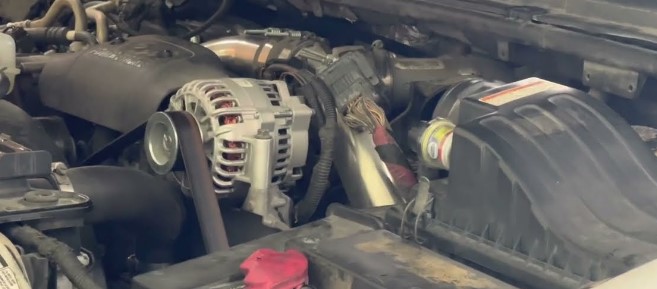
It is essential to be aware of the common mistakes when solving an error code. One mistake that should be avoided is not replacing the ICP sensor before replacing the PCM. This could lead to further damage and unnecessary repair costs if it isn’t replaced first. Additionally, having a correct screwdriver for removing the alternator is essential, as using one that doesn’t fit properly can cause problems with its removal or possibly even damage it in some cases. Taking these precautions will help ensure successful repair work and minimize costly repairs.
💬Additional Comments To Consider Regarding The P1280 Code
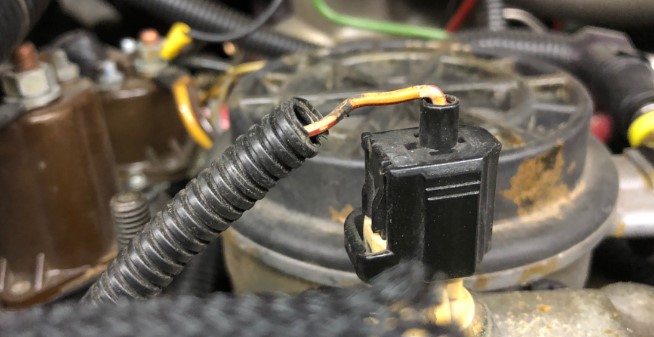
The P1280 code has been known to be a confusing DTC of Ford 7.3. Removing the ICP sensor, though not replacing it, has been seen to improve engine performance in some instances. However, this approach is not recommended as a solution for fixing the code itself – further investigation and troubleshooting may be necessary to address its cause. Experts should be sought out immediately if any assistance or guidance is needed.
She hopes this article was helpful enough to provide readers with an understanding of the DTC P1280 code. This is a relatively straightforward code that anyone can usually fix independently. If attempting to solve the issue, individuals need to purchase a quality ICP sensor for their 7.3 engine, as buying a cheap one could cause further harm to the vehicle’s motor.
🎯Suggested article: P0603 Code 7.3 Powerstroke
FAQ About P1280 Code 7.3 Powerstroke
🤔What is ICP on 7.3 Powerstroke?
The ICP or Injector Control Pressure sensor is an essential component of a Ford Diesel engine. This electronic part monitors the pressure needed to deliver fuel to the motor for optimal performance accurately. It allows for efficient operation and reliable results as it continuously communicates with the computer system, allowing it to make adjustments as necessary.
⛽What is an ICP on a Ford diesel?
The ICP Sensor is an integral component of the Ford 7.3 Powerstroke, responsible for controlling the IPR Valve. If the sensor is faulty, it can lead to a range of issues, including poor idle, stalling, surging, or even preventing the engine from starting in some cases. It is, therefore, essential to ensure that this component remains functional to ensure smooth operation and avoid any unnecessary disruption.
⚙️Who made the Ford 7.3 diesel engine?
International Navistar introduced the 7.3L Powerstroke engine to Ford Heavy Duty trucks, improving performance compared to previous 6.9L IDI and 7.3L predecessors. This powerful diesel engine offers increased efficiency, torque, reliability, and longevity for heavy-duty applications. The 7.3L Powerstroke Diesel engine’s high-quality components are reflected in its impressive power output specifications. It is a reliable choice for commercial vehicles and recreational purposes such as RVing or off-roading activities.
What year did Ford stop making the 7.3 diesel?
This 7.3 L DI Power Stroke was in production until the first quarter of the model year 2003 when it had to be replaced due to its failure to meet California’s noise regulations. This replacement was not due to emissions standards, as is commonly thought.
What is the Ford 7.3 diesel called?
In mid-1994, Ford released the 7.3l 444 ci Power Stroke direct-injection (DI) turbo-diesel V8 to the public. This engine rebrands the Navistar T444E and utilizes electronic control for improved performance. It generates 250 hp and 505 lb-ft of torque, offering drivers an increased level of power and efficiency compared to other IDI diesel.

